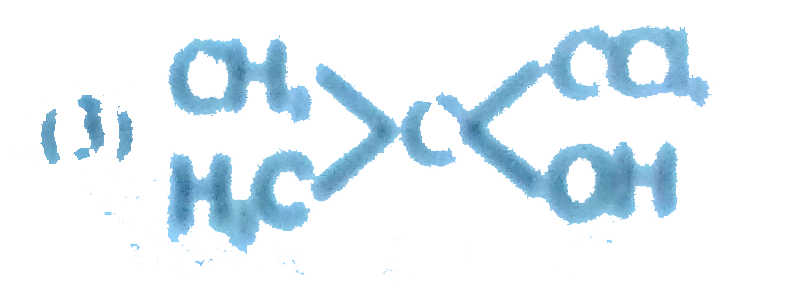A
B
C
D
Text Solution
AI Generated Solution
The correct Answer is:
|
Topper's Solved these Questions
CHEMISTRY AT A GLANCE
ALLEN|Exercise INORGANIC CHEMISTRY|300 VideosView PlaylistChemical Equilibrium
ALLEN|Exercise All Questions|30 VideosView PlaylistELECTROCHEMISTRY
ALLEN|Exercise EXERCISE -05 [B]|38 VideosView Playlist
Similar Questions
Explore conceptually related problems
Knowledge Check
Similar Questions
Explore conceptually related problems
ALLEN-CHEMISTRY AT A GLANCE-ORGANIC CHEMISTRY
- ?underset(2.H(2)O)overset(1.Delta//DIBAL-H)(to)CH(3)-CH=CH-CH(2)-CH(2)...
01:16
|
Play - CH(3)-underset(O)underset(||)(C)-CH(3)+underset(("semicarbazide"))(NH(...
06:20
|
Play - Ph-underset(O)underset(||)(C)-CH(3)overset(NaOCl)(to)A+ "salt" A+CH(...
05:28
|
Playing Now - Complete the following reaction
04:08
|
Play - CH(3)-CH=CH-underset(O)underset(||)(C)-CH(3)+NH(2)-OHoverset(H^(o+))(t...
01:41
|
Play - Give eletrophilicity order of following carbonyl compounds (I) Benz...
04:08
|
Play - Complete the following reaction
06:07
|
Play - Complete the following reaction
02:36
|
Play - CH(3)CH(2)COOHCl(2)overset("RedP")(to)Aunderset(Delta)overset(NaOH//Ca...
04:59
|
Play - Assertion:- The carbonyl carbon is a electrophilic and carbonyl oxygen...
03:38
|
Play - Hydrolysis of which of the following gives acid at fastest rate :
02:15
|
Play - Complete the following reaction
02:39
|
Play - R is-
03:28
|
Play - H(3)C-COOHunderset(Delta)overset(P(2)O(5))(to)Aoverset(PCl(5))(to)Bund...
02:52
|
Play - Which of the following is not correctly matched
02:31
|
Play - Identify the end product : CH(3)CH(2)CH(2)CHOoverset(Ammonical AgNO(...
03:04
|
Play - Complete the following reaction
10:34
|
Play - What is Sandmeyer reaction ? Illustrate with a suitable example.
04:55
|
Play - Arrange the following compounds in increasing order of their boiling p...
01:15
|
Play - An amine reacts with C(6)H(5)SO(2)Cl and the product is soluble in alk...
03:12
|
Play
